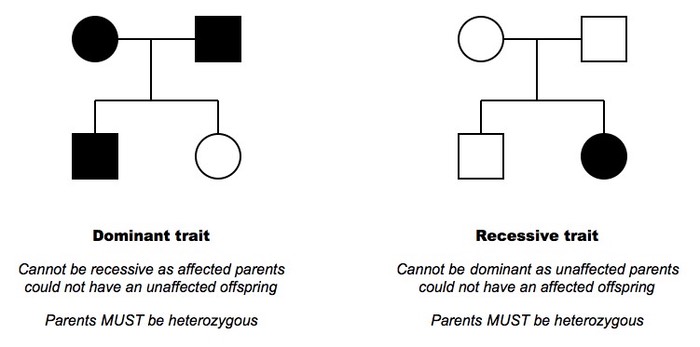


Some genetic diseases, are caused by sex linked genes, for example haemophilia.This means females have two alleles for X-linked genes while males only have one.Females have two X chromosomes (XX), while males have one X chromosome and one Y chromosome (XY).If the trait is recessive, neither parent is required to have the. These genes are inherited with the X chromosome (from the mother if it is a boy or from either mother or father if it is a girl). (In contrast, autosomal recessive diseases require that the individual have two copies of the mutant gene.) How can you tell the difference between an autosomal dominant and autosomal recessive trait in a pedigree If the trait is dominant, one of the parents must have the trait.Some genes are found on the sex chromosome, X.

Image credit: Genome Research Limited What are sex-linked genes? Illustration to show the inheritance of dominant and recessive alleles for eye colour. For example, the allele for blue eyes is recessive, therefore to have blue eyes you need to have two copies of the 'blue eye' allele. Recessive alleles only show their effect if the individual has two copies of the allele (also known as being homozygous).An example of this is the blood group AB which is the result of codominance of the A and B dominant alleles. The resulting characteristic is due to both alleles being expressed equally. If both alleles are dominant, it is called codominance.For example, the allele for brown eyes is dominant, therefore you only need one copy of the 'brown eye' allele to have brown eyes (although, with two copies you will still have brown eyes). In the 1860s, Gregor Mendel, the father of genetics, discovered the difference between dominant and recessive traits by cultivating thousands of garden peas. Dominant alleles show their effect even if the individual only has one copy of the allele (also known as being heterozygous).Alleles can be either dominant or recessive.These different versions of a gene are called alleles. Since human cells carry two copies of each chromosome they have two versions of each gene.


 0 kommentar(er)
0 kommentar(er)
